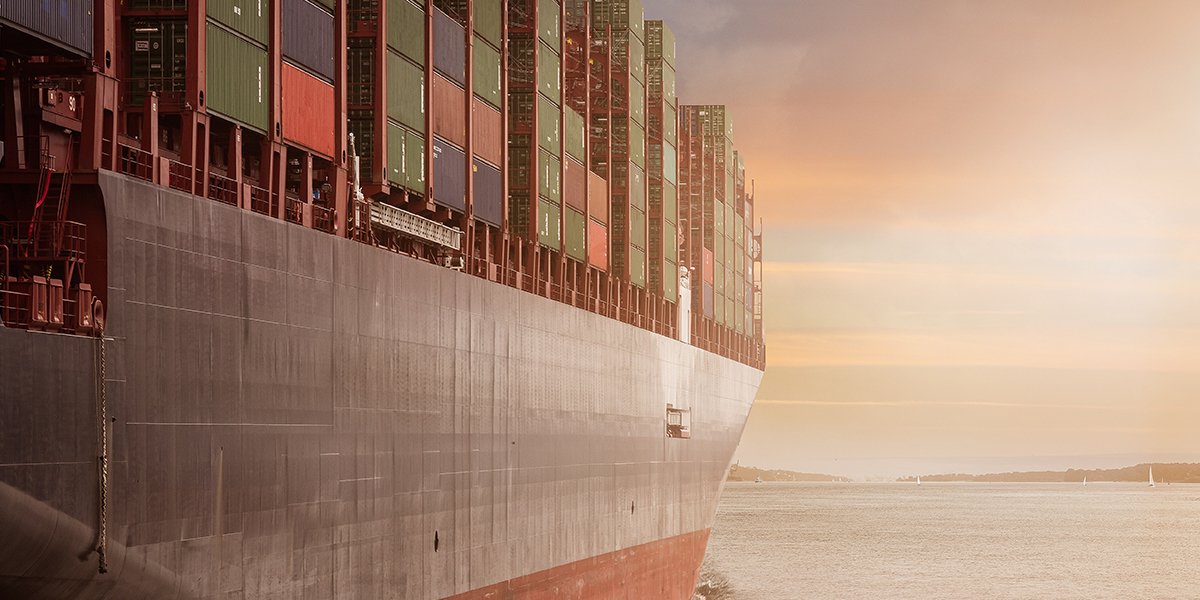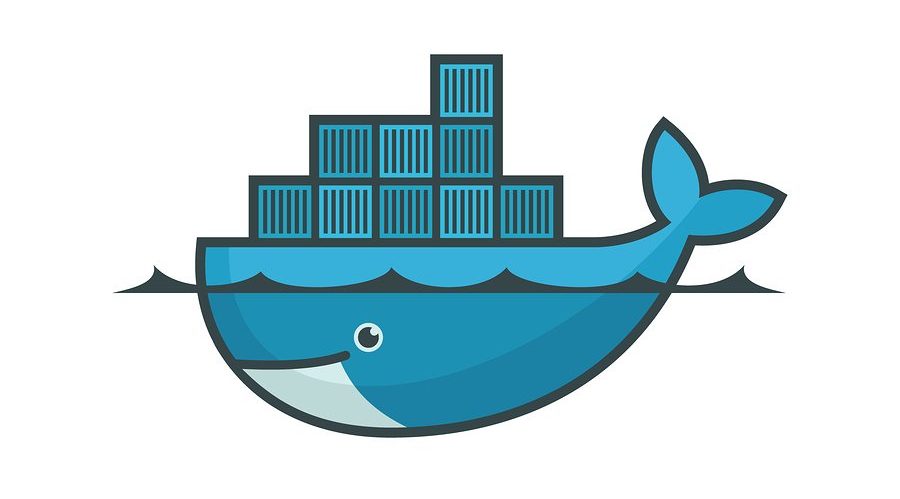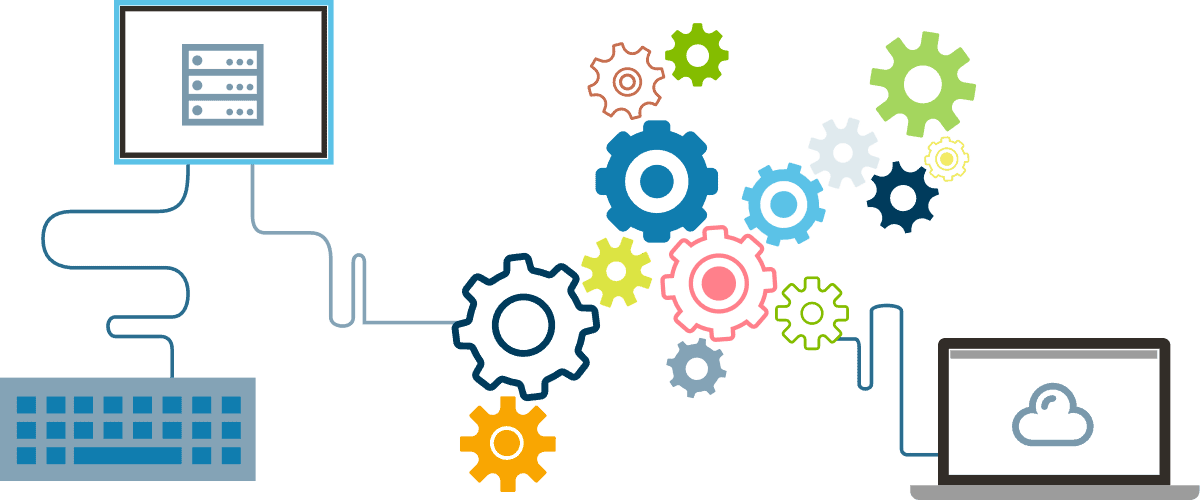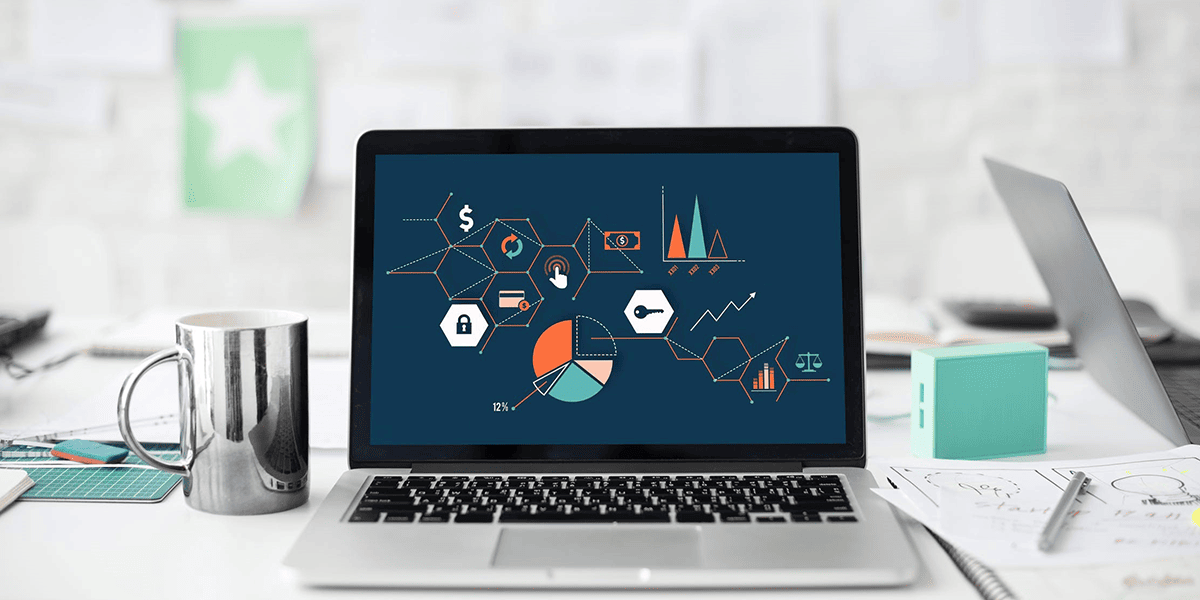There are two essential programs to assist you in using containers to manage applications, Kubernetes and Docker. In a previous article we introduced Kubernetes, the tool that we use at oneclick™ for managing containers. This article will introduce another essential tool in our toolkit – Docker.
What is Docker?
Docker started in 2013 with the simple idea that applications don’t always require a complete operating system with all its associated services.
Docker allows developers to install everything required to create, deploy, and run a service or application in one container. Once the container is packaged with all the components an application needs, it is then easy to replicate it onto another Linux machine. Even better, it is a simple step to make an image of a Docker container. This saves the current state of your service or app for reuse, for further analyses, or simply as a valuable backup. This is why containerisation is the new de facto standard amongst developers.
What makes Docker such a great tool?
Docker is a truly excellent program let’s examine just 3 reasons why you may want to consider Docker and containerisation.
No version conflicts
When building complex software, many issues may trip up development. One of these is that different apps may reference different versions of the same library. Applying the principle of containerisation simplifies the hosting of different libraries on the same machine. Each application sits in its own container, accessing the resources it needs to run. By isolating the app’s dependencies to within a container, issues that may arise when different machines are set up with different versions of software also fall away. No more tripping over bugs that arise in a different environment!
Better security
Docker allows developers to take a granular approach to develop services. For example, your application server and your database server can now be set up to run in different containers. That means that a breach of the application server does not give hackers access to the back-end database.
Open-source
As with Kubernetes, Docker is open-source with a very active community. For the participant, this means that if Docker does not offer all the necessary functions, he can further develop them according to his needs.
How do Docker and Kubernetes fit together?
As the previous article discussed, Kubernetes is an incredible tool for assisting with issues such as scaling. Among other features, Kubernetes allows more containers (copies of your service or app) to be added as needed and removed when not. This allows your users to have a smooth, latency-free experience of your service.
Kubernetes coordinates your Docker containers. If your service is a ship filled with individual containers, Docker allows you to build the containers and ensure that they are filled with the correct materials. Kubernetes enables the right number of containers to get where they need to be, when they need to be there, in great condition.
Are there alternatives?
Docker containers do not have to be managed by Kubernetes; there are alternatives such as Docker Swarm. However, at oneclick™ we know great synergy when we see it – and Docker working with Kubernetes provides a powerful, customisable app development and production environment.
Are you interested in learning more?
If you are exploring how containerisation can improve the development of your service model, oneclick™ is here to help. Contact us to learn more about utilising containers on the Cloud to give your clients a truly global and latency-free experience of your services, or your developers a robust and reproducible development environment.
Further information can be found using the following source:





